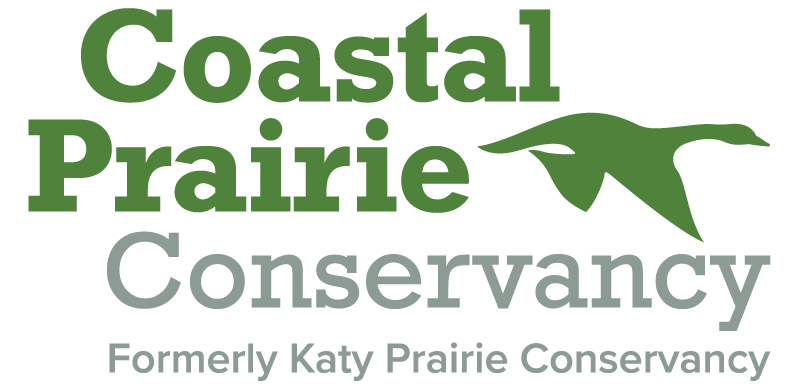How Land Conservation Helps With Climate Change
Long-Term Land Conservation
Natural climate solutions such as deep-rooted prairie plants are increasingly important to absorb, slow down, and store stormwaters. Farmers and ranchers who improve their soils are also part of the solution, increasing the soil’s ability to absorb floodwaters, reduce drought stress, and enhance water quality. Healthy soils, trees, and prairie plants absorb climate-polluting gases.
-
Thanks to you, we are poised to assist local families in conserving their lands. Check out conservation options here.
The Coastal Prairie Conservancy also manages the lands we own to enhance wildlife habitat, increase public access with trails and programming, and slow down climate change. Prairies, woodlands, and waterways are critical to helping combat our region’s extreme weather, pull climate-polluting gases from the air, and provide places for wildlife to thrive.
Tricolored Heron
Bird Habitat Conservation
Birds are facing challenging times here in Texas and throughout the country. According to National Audubon research, up to two-thirds of America’s birds are threatened by extinction from climate change—but slowing down climate change could help up to 76% of these declining species.
Habitat loss is another significant factor in the decline of birds. That’s why we work with landowners to conserve critical wildlife habitat that helps slow down climate change. Check out Audubon’s birds and climate visualizer to see which birds are most at risk.
Gulf Fritillary
Wildlife Habitat Conservation
Wildlife such as migratory birds and pollinators are facing increasing challenges due to loss of habitat, reduced access to safe and clean water, and loss of lands to rest and find food during migration. Over the past 20 years, Texas has lost over one million acres of land to urban and residential development — displacing wildlife to the point where many have few places to go. Many animals and plants need to migrate to survive, so landscape level conservation of prairies, ranches, farms, and woodlands plays a big role.
Our land trust is working with local families to voluntarily conserve their lands. Efforts to connect wildlife habitat will aid in the survival of species like the sandhill crane, red-eared slider, and monarch butterfly.
Conserved lands like the Katy Prairie Preserve provide important places for wildlife to thrive at a time when they need well-managed lands more than ever.
Cattle Ranching on the Coastal Prairie
Farm and Ranch Conservation
Farms and ranches are central to our Texas heritage. Yet they too, like wildlife habitat, feel the pressure of climate change, erratic markets, and development pressure.
In addition to preserving their lands, local families who farm and ranch in Texas are looking for ways to diversify their incomes, enhance their farming and ranching practices, and manage today’s weather extremes. Farmers and ranchers are part of the climate solution by managing their soils to absorb excess climate polluting gases, providing habitat to rare and threatened wildlife like the northern bobwhite, and increasing the soil health through rotational grazing.
Matt Cook Memorial Wildlife Viewing Platform at Warren Lake
Creating Local Trails and Nature Preserves
Providing opportunities for people like you to connect to nature is important. We know from research that time spent in nature, as little as 20 minutes a day, can significantly improve your mental health and well-being, reduce anxiety, increase focus, and lower blood pressure. And that’s just the beginning.
-
We also know that time in nature can improve student performance in schools and offset the stresses of everyday life.
The challenge is that not everyone has easy access to nature.
That’s why we are working to expand the trails on lands we own to allow more people, including school groups, to have access to nature all year long. You can find out more about our community trails and conservation work here.
Coastal prairies absorb, slow down, and store stormwaters.
Climate Trends, Innovations, and Solutions
We are committed to staying current on the research related to climate change solutions. We know that nature-based solutions are key elements to slowing down and adapting to climate change.
Texans have long been innovators and we look forward to sharing new information relevant to climate solutions with you. We will also be focusing on new land management approaches and learning how other land conservation groups are leading in the climate solution arena.






